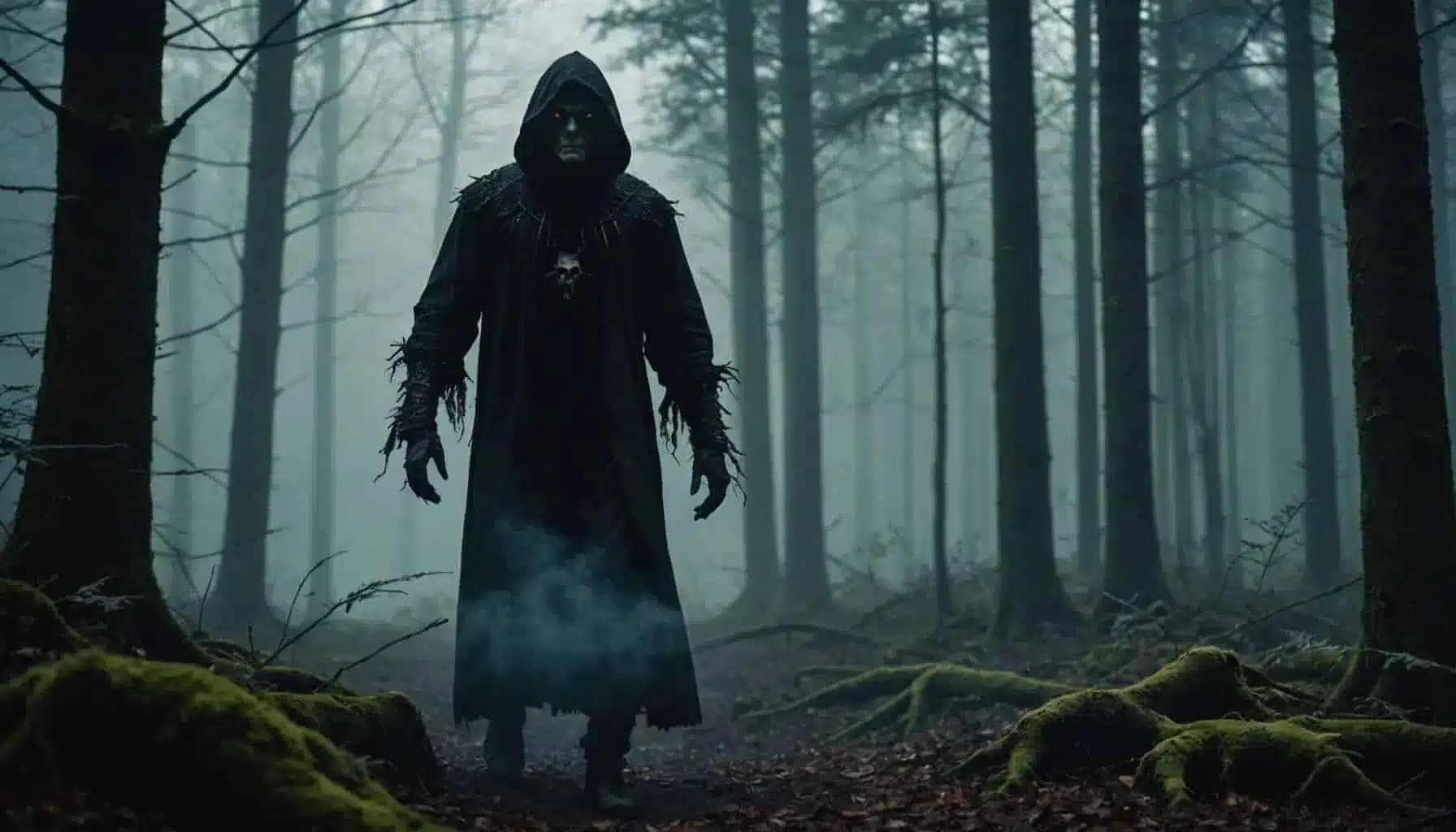
Cryptid Sightings: The Enigma of Unknown Creatures
Cryptid sightings have long captured the human imagination, drawing us into the mysterious world of creatures that defy explanation. From the dense forests of North America to the deep lakes of Scotland, these enigmatic beings have left their mark on cultures around the globe. This article delves into some of the most intriguing cryptids, exploring […]